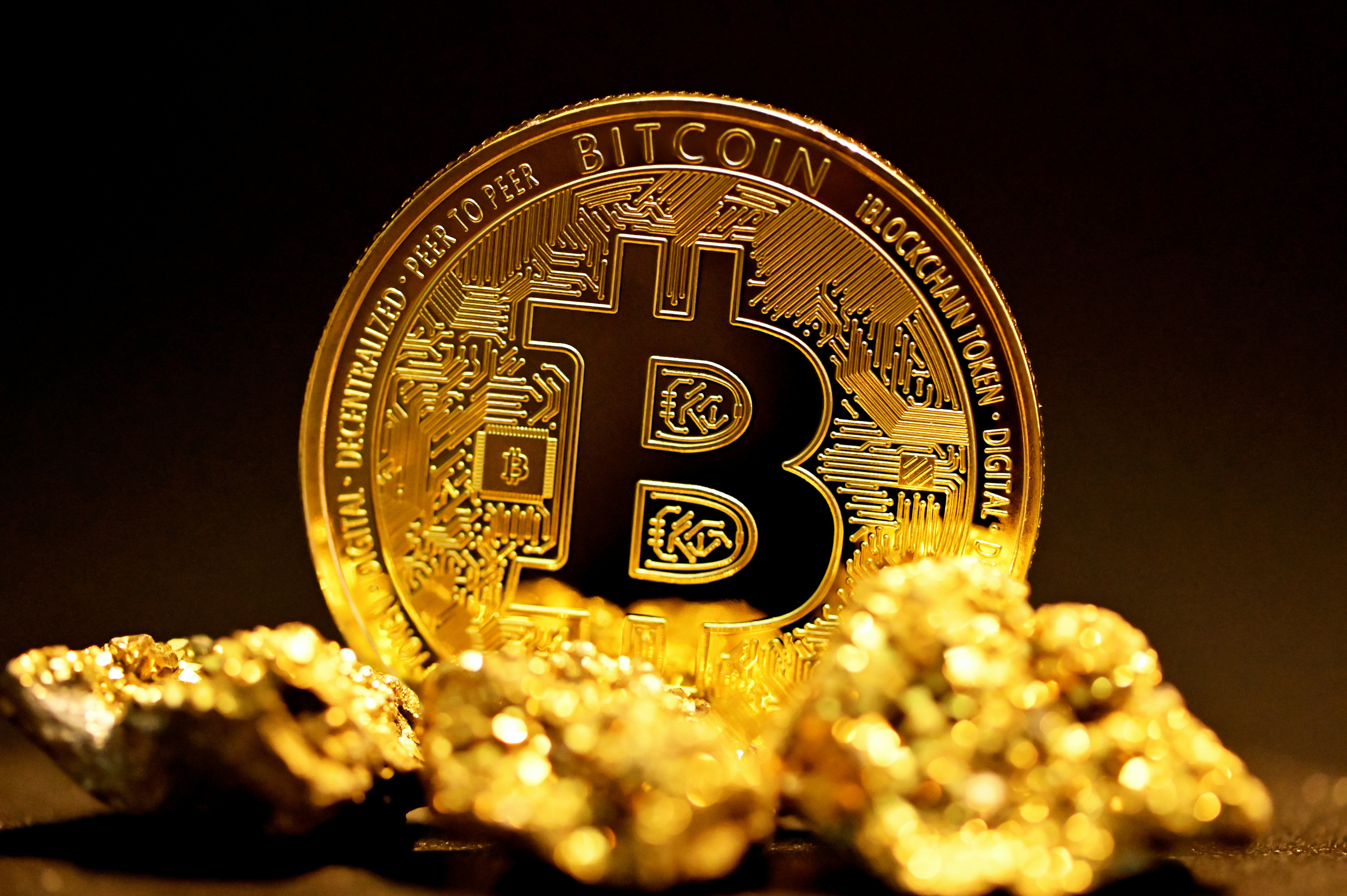Want Bitcoins but wary of hidden traps? Learn why “not your keys, not your coins” is the dealbreaker you can’t ignore.
So, you want to buy Bitcoins. Welcome to the club. Whether you’re looking to dive into the world of cryptocurrencies or just curious about this digital gold, the process might feel like walking into a bank that operates entirely on the internet. Simple? Yes. But still a bit tricky without a map. Here’s a step-by-step guide that walks you through the essentials of buying Bitcoins safely and securely. Spoiler alert: no rocket science involved, just straightforward steps.
Step 1: Choose a Secure Exchange
First things first: you need to pick a platform where you can buy bitcoins. This is called a cryptocurrency exchange. Think of it as an online marketplace for digital coins. Not all exchanges are created equal. Some boast user-friendly interfaces; others pride themselves on top-notch security.
According to Coinbase, one of the largest crypto exchanges, security and regulatory compliance are key factors to consider when choosing where to buy Bitcoin.
Look for exchanges that require identity verification, offer two-factor authentication, and have a good reputation in the blockchain industry. Examples include Coinbase, Binance, and Kraken.
Step 2: Complete KYC Verification
Don’t roll your eyes. KYC means ‘Know Your Customer’—it’s the annoying but necessary process to get your identity verified. Exchanges ask for official documents like a driver’s license or passport to comply with government rules aimed at preventing fraud and money laundering.
Chainalysis, a blockchain analysis firm, reminds users that KYC procedures, while sometimes cumbersome, protect both the platform and customers by making the trading ecosystem safer.
Prepare to upload clear photos and answer some basic questions. Once verified, you’re officially in the game.
Step 3: Fund Your Account
With your exchange account verified, it’s time to add money. Most platforms accept bank transfers, credit cards, and sometimes PayPal. Your funding options will affect how quickly cash hits your crypto wallet.
Be aware that quicker payment methods often come with higher fees. Don’t expect a magic trick—there’s always a cost to instant gratification.
Step 4: Place Your First Order
Now, buy your first bitcoins. Exchanges will let you choose between market orders (buying at current price) or limit orders (setting a price you’re comfortable paying and waiting for it to hit). For beginners, market orders are simpler though sometimes more expensive during volatile moments.
Per Binance’s official guide, understanding order types can save you from impulsive buys and potential losses.
Step 5: Transfer Bitcoin to a Private Wallet
Got your Bitcoins? Great. Don’t leave them sitting on the exchange like cash on a bar counter. Reason? Exchanges can be hacked or freeze withdrawals. Experts recommend moving coins to your own wallet.
Wallets come in various forms: software apps, hardware devices, or even paper. Hardware wallets like Ledger or Trezor provide offline storage, greatly reducing hacking risks.
The Bitcoin.org website emphasizes, “not your keys, not your coins”—meaning, if you don’t hold the private keys, you don’t truly own your bitcoins.
Safety Tips and Common Pitfalls
- Beware phishing: Fake websites or links can steal your login info. Always double-check URLs.
- Use strong, unique passwords: And enable two-factor authentication.
- Don’t share your private keys: If someone asks for it, run.
- Stay updated: Exchange rules and fees change. Keep tabs on official announcements.
The blockchain world doesn’t tolerate sloppiness.




